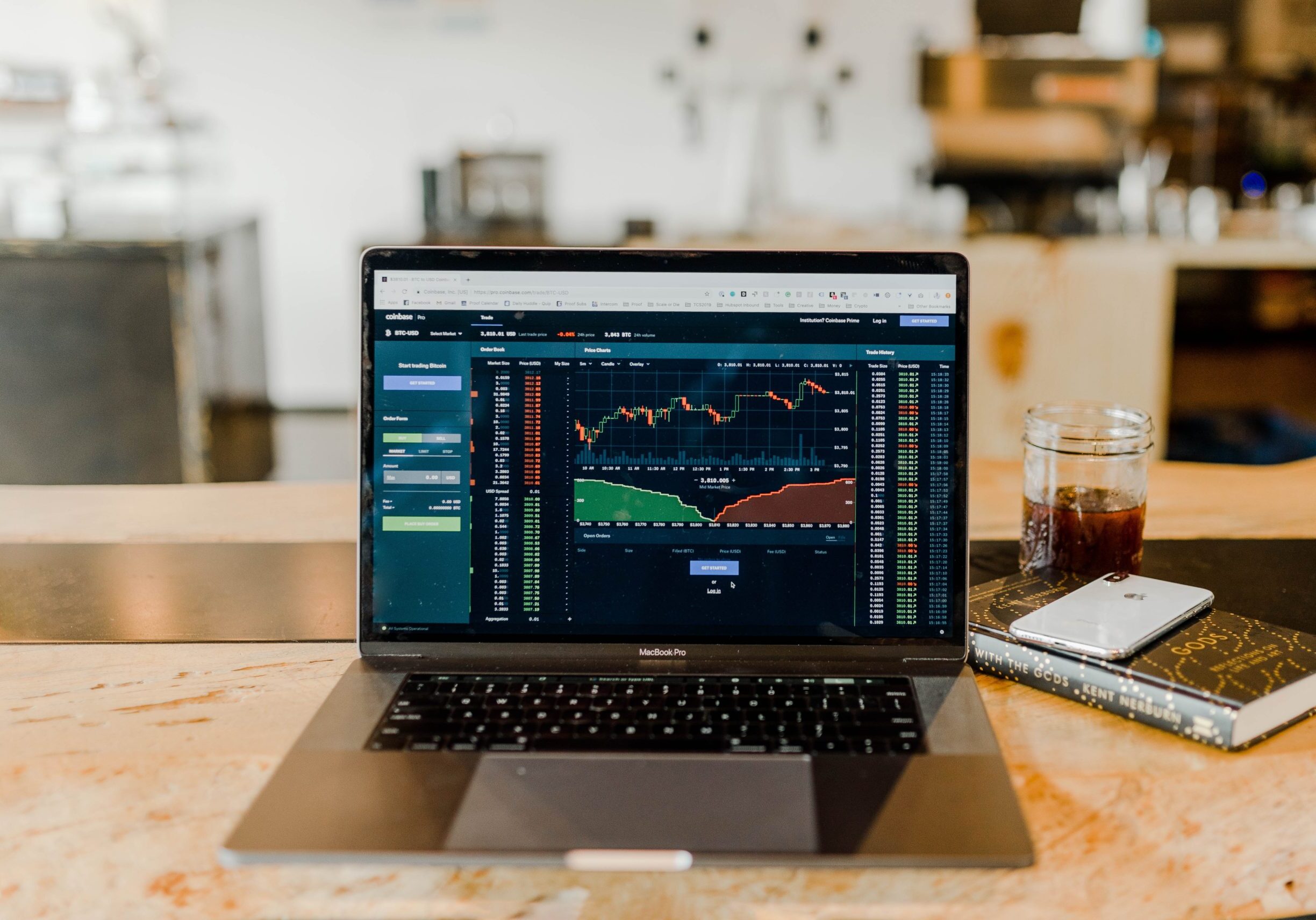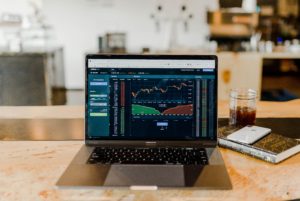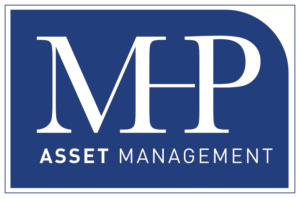Couple of weeks back, I was speaking about little-known fees inside mutual funds. This cash left inside of mutual funds is not for tactical purposes but for mutual fund outflows. This cash creates “cash drag” that adds to the overall expense of mutual funds. As an advisor who manages money and would never use an expensive broker sold fund, I do often have cash in my client’s accounts. The key difference is that this is not cash left aside for outflows, but it is or can be used for tactical purposes.
I was recently at a conference for money managers where one of the presenters spoke of his advisory that primarily sells option premium. Selling option premium is something that I do inside my client’s accounts where appropriate, and this is a tactic within a strategy that gains revenue for the account, because I’m selling premium and collecting money. The other reason that I do it is to build positions of stocks or ETF’s using this option strategy to improve the price for my client. But getting back to the advisor whose objective is to sell options premium. He stated that through much of the year he is in cash, typically in times of low volatility the premium available when selling an option contract is low, so this advisor waits for volatility to rise to maximize the premium that is collected on behalf of his clients. So, you could see that the cash in the client accounts is not just sitting there unproductive, but if used sporadically and tactically, returns can be very good, double digits in his case (YTD). Another tactical use for the cash in your account may be simply waiting for certain situations within the markets to become available.
As I’ve stated in the past, a well-constructed portfolio according to modern portfolio theory will have low- correlated asset classes which typically do not all do well or poorly at the same time. Over time you will enhance the yield and mitigate the risk with this method. Studies have also shown that the average investor will buy near the top and sell near the bottom. Having cash in the account allows us to scale into asset classes that are undervalued and scale out or rebalance those asset classes where we are over invested.
A well-constructed portfolio is likely to not see the gains that a portfolio of stocks would have in a bull market for stocks, but it will also not have the losses of a bear market it stocks. The objective is to move ahead and be able to quantify the gains and losses using statistical analysis and a standard deviation from the mean, a.k.a. average.
Your portfolio should reflect goals, objectives and risk tolerance that pertains to you. It is my opinion you cannot just buy a family of mutual funds and achieve a well-diversified portfolio of investments that return maximum performance/ mitigate risk and have low fees.


























